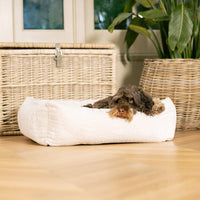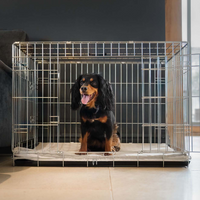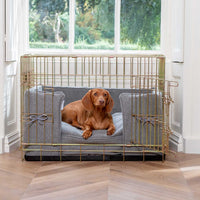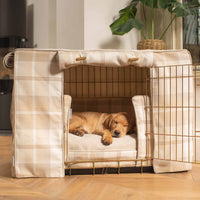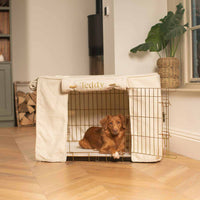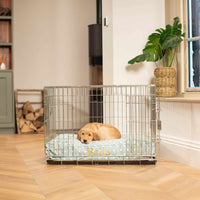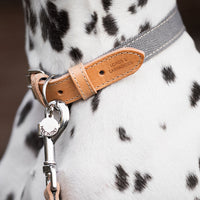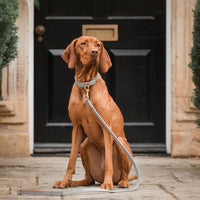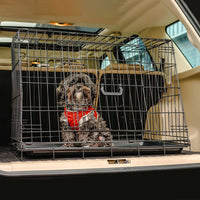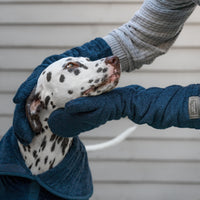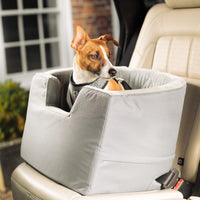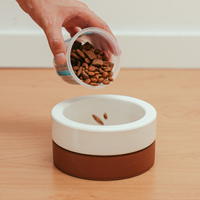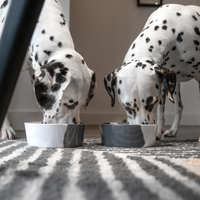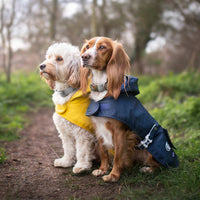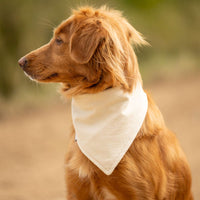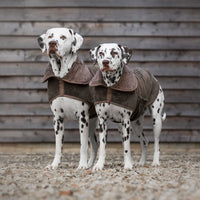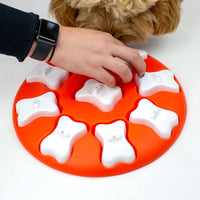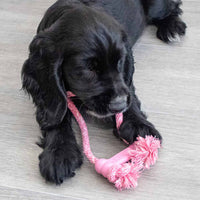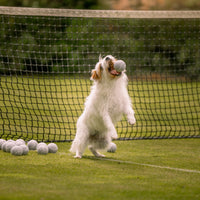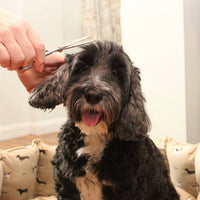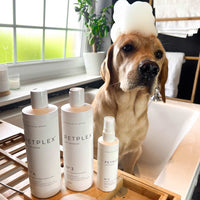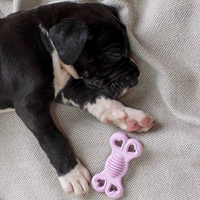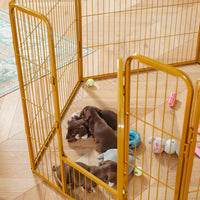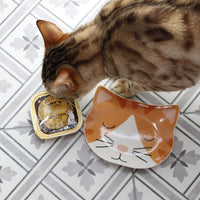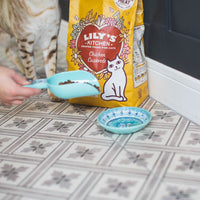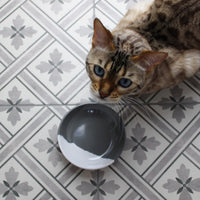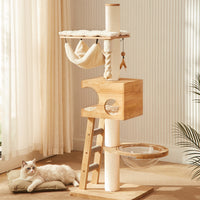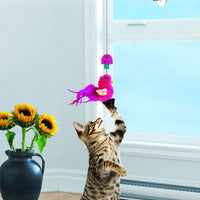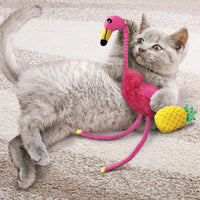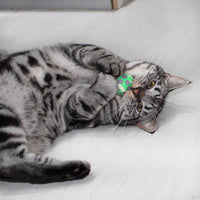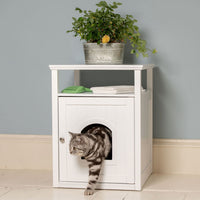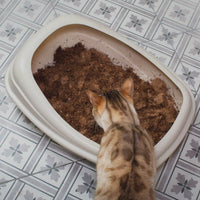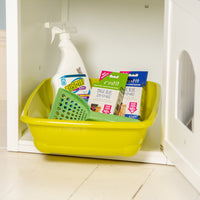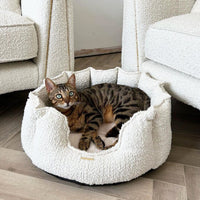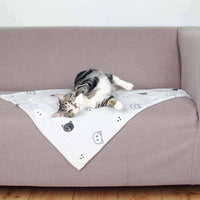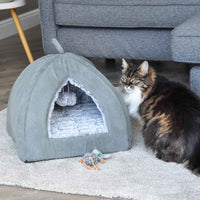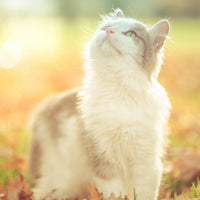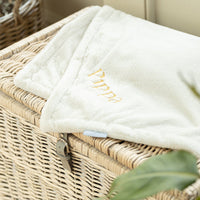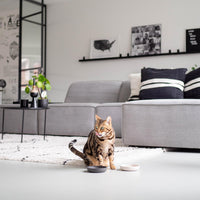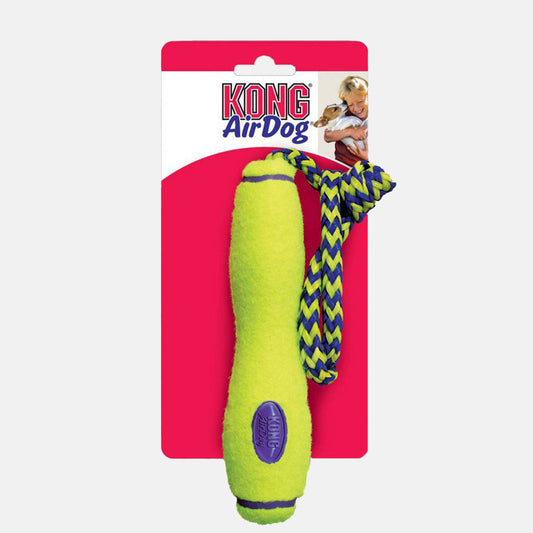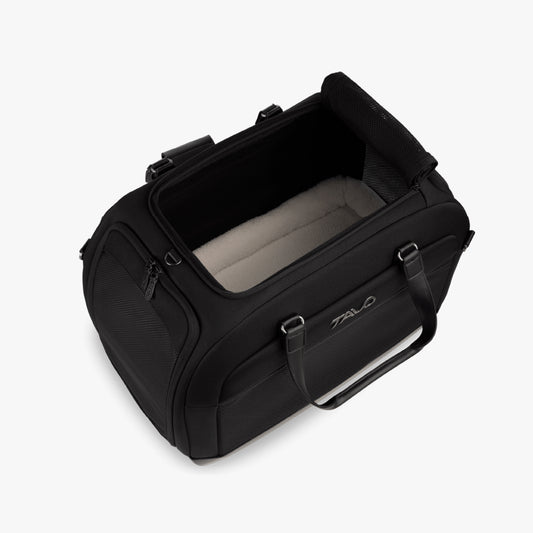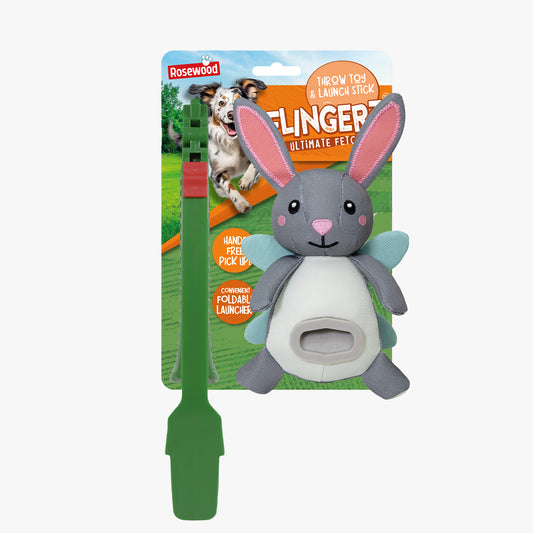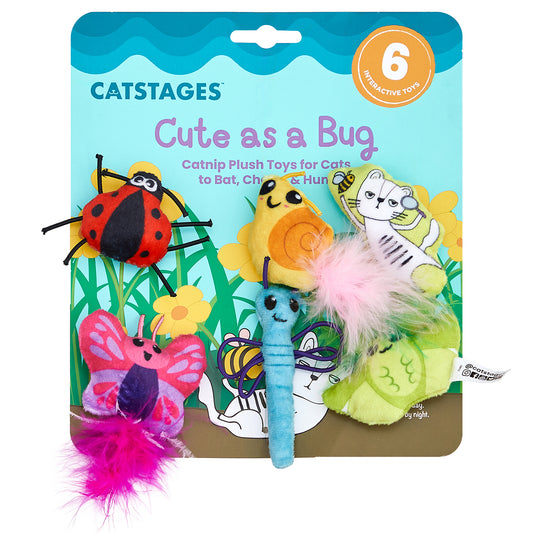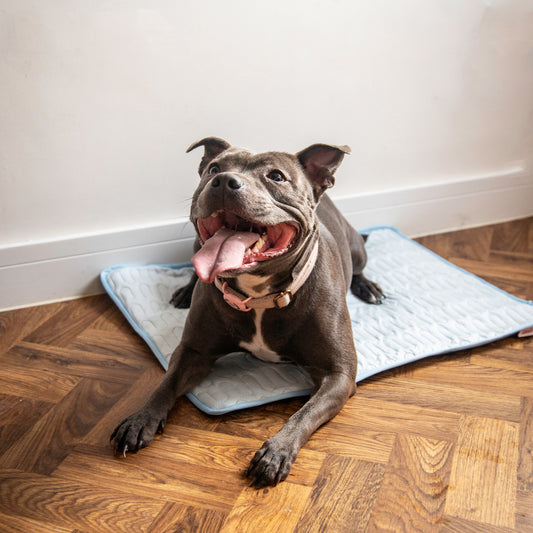Wanting to create the pawfect outdoor space? Here's our pet experts tips on how to make sure your garden is pet friendly ready for Summer
Spending time outdoors is one of our favourite things to do during the warmer months. Our gardens often become an extension of the living area in the Summer, enjoyed by humans and pets alike.
You may be concerned about how safe your garden is for your four-legged friends. In this article we’ll discuss how to make your garden and outdoor spaces safe for your cats and dogs. Creating a dog-friendly garden can take a bit of time and effort, but it’ll be worth it in the long run.
8 Ways To Make Your Garden Pet Friendly
1. Choose pet friendly plants
Flowers add colour, fragrance and texture to our gardens, but certain varieties can actually be toxic to both cats and dogs. Make sure you do a bit of research before you select your bedding plants to make sure you don’t accidentally poison your pets.
Our favourite pet friendly plants include:
- Sunflower
- Lavender
- Cornflowers
- Marigolds
- Herbs such as Rosemary, Sage, Thyme etc.
Some of the main varieties to avoid are:
Lilies - Lilies pose the biggest risk to cats. They’re extremely dangerous to our feline friends as the toxins that they contain can cause kidney failure. All parts of the plant are toxic, so it’s best to avoid them altogether. They are less dangerous to dogs and rabbits, but can still cause tummy upsets, so we’d suggest choosing something different for your pet-safe garden design.

Daffodils - Another common plant and one that crops up in lots of gardens is the daffodil. Their sunny appearance marks the beginning of Spring and makes them a favourite flower for many green fingered gardeners. They’re a serious hazard for pets though, and toxic to both cats and dogs. They can cause a range of symptoms such as vomiting and diarrhoea. They should definitely be avoided if you share your garden with pets.

Chrysanthemums - These popular blooms certainly look beautiful, but they contain pyrethrins which if ingested can cause gastrointestinal upset. In extreme cases your pup may even develop depression and loss of coordination if any part of the plant is consumed.

Other plants to avoid include:
- Autumn Crocus,
- Amarylis,
- Azaleas, Tulips
- English Ivy
- Foxgloves
- Hydrangea
- Larkspur
- Tomato plants (green fruit, stems and leaves)
- Wisteria
What to do if your pet has eaten a toxic plant
If you think your dog or cat may have eaten a toxic plant always call your vet, they will be able to help you decide the next steps. Common symptoms include: vomiting, diarrhoea and skin irritations. Not all pets will have symptoms so it's important to contact your vet whether they have symptoms or not.
2. Ensure your garden is enclosed
You may be okay with your cat having a roam around the neighbour’s gardens, but you probably don’t want your pup to stray outside of the boundary. A good sturdy fence or hedge is ideal and will help to keep your pet inside.
A good quality fence is also a good way to keep your pet safe from any plant beds that do contain toxic flowers. Make sure the fences are erected correctly and that you check them regularly for any damage or holes!
When choosing the type of fencing, take into account your particular breed of dog and their age. If you have a dog who can find their way out of anything, you’ll need to consider investing in something really strong.

3. Beware of hazardous creepy crawlies
Our gardens are alive with all kinds of creatures from birds to insects. Some can be a nuisance to gardeners in general, but even more so if you have pets. Snails and slugs won’t just make a beeline for your plants and vegetables, but they can also cause serious health conditions in our four-legged friends.
Some garden pests can carry lungworm. If your dog eats a snail or slug with lungworm the parasite can be transferred to them which can lead to severe health issues. These can range from difficulty breathing to seizures and even heart failure.
We’d suggest keeping your lawn trimmed so that you can spot and remove any pests quickly. Make sure you regularly check your pet’s outdoor water bowls too, as snails can sometimes find their way in.
Supervise your pet at all times when they’re exploring. If you think they’ve eaten anything of concern consult your vet and get their advice immediately.
4. Keep toxic chemicals away from pets
Many gardens have a series of chemicals that need to be kept securely locked away from our pets. Weed killers, compost and fertilisers for example all need to be kept securely in garden sheds or garages. Make sure any spillages are cleaned straight away too.
We’d suggest doing some research when selecting a weed killer to see if it’s suitable for use in a pet-friendly garden. We’d also suggest not using fertilisers at all, or only using them in fenced off areas that your pets can’t get to.

5. Plant larger or mature plants
When selecting the plants and shrubs for your garden, consider buying more mature, larger specimens. Small young plants may be at risk of being trampled by pets before they have time to grow.
Try to plant hardy border plants where possible and try using decorative fences or rocks around young plants where needed, to deter your dog from trampling and spoiling them.
6. Use containers or raised beds
Containers are great for small gardens and patios. They’re also a great way to decorate your garden if you share it with a dog who just can’t resist digging. Raised flower beds, troughs or large pots will help to protect your plants from playful pups.
Hanging baskets and window boxes are also a brilliant way to add floral arrangements that your dogs can’t get to.
7. Designate a pet play area
Consider creating a play area just for your pets. You could lay paths for them to explore, make some natural obstacles for them and pop some of their favourite outdoor toys there. If your dog loves to dig, you could even make a spot just for digging. Make sure there is somewhere for them to relax and lounge and try to create a shaded area for sunny days - it’s important to protect our pets from the heat when the mercury rises to extremes!

8. Teach your dog good manners!
Brushing up on your pup’s basic training can really help to encourage good behaviour in the garden. If your dog understands basic commands such as Stop, Heel and Sit, then they’re much less likely to wreak havoc where they shouldn’t. You could even train your dog to use certain parts of the garden and to avoid others.
With a bit of planning, you'll soon have a garden that the whole family can enjoy, both human and pet alike. Follow our guidelines and always check that products and plants that you're considering are animal-safe.


